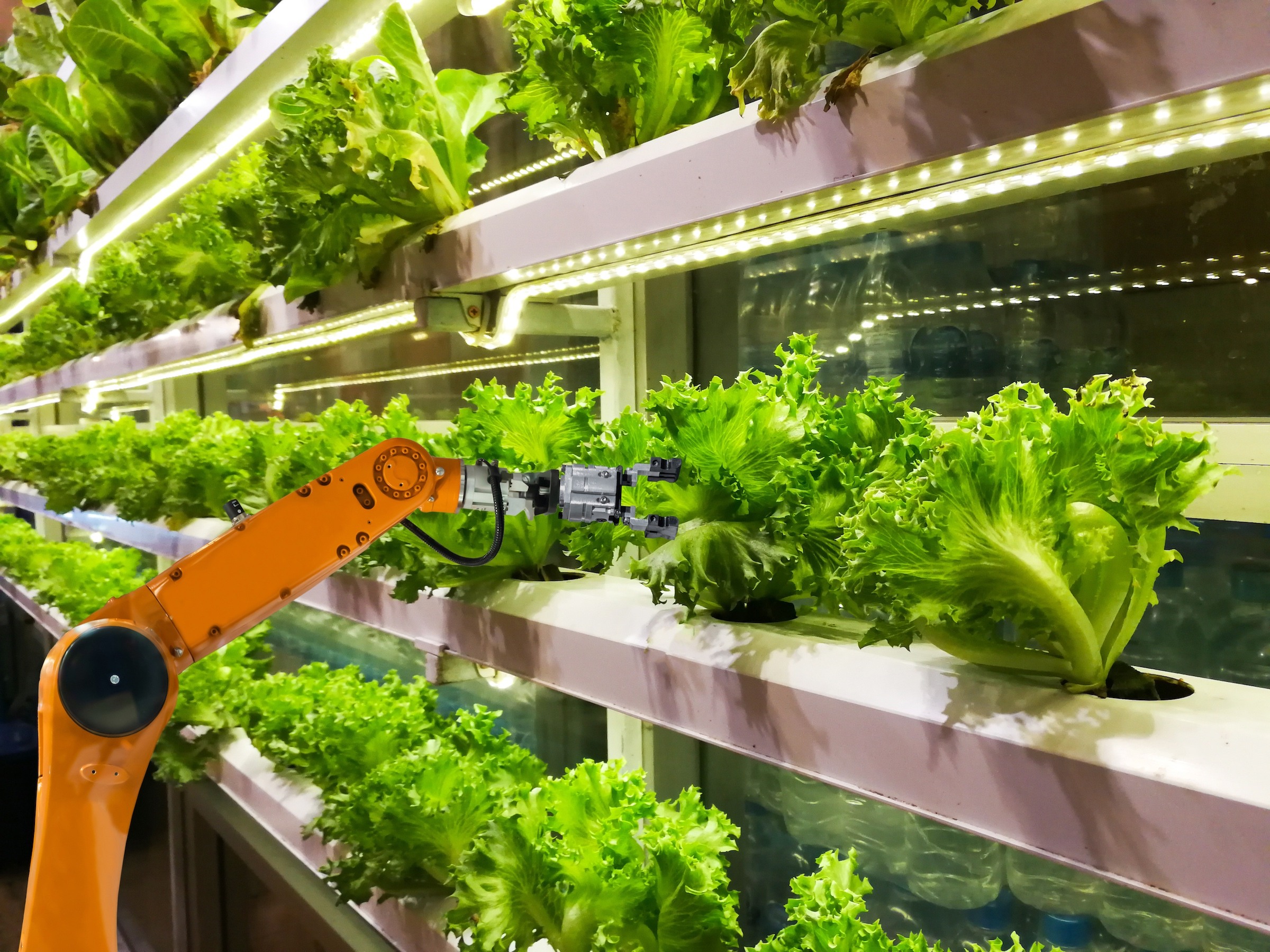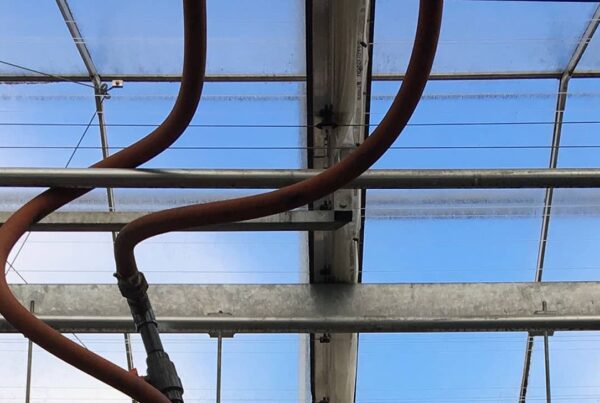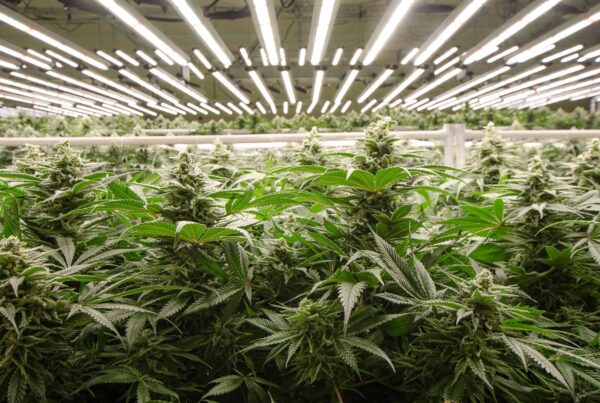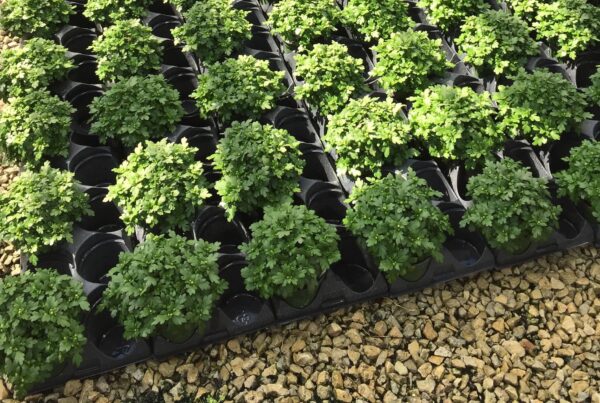From Cannabis to Cucumbers: Applying Early Policy & Program Learnings to Inform the Future of Controlled Environment Agriculture (CEA)
By Derek Smith, Executive Director, Resource Innovation Institute
As weather patterns disrupt outdoor crop cycles in our rapidly climate-constrained world, a quiet agricultural revolution is taking place in warehouses and greenhouses. With electric lighting, HVAC, dehumidification and other systems, controlled environment horticulture is reshaping the way our food and other forms of agriculture are grown. Ironically, unless done efficiently, it may add to our carbon calamity and exacerbate energy challenges.
We are at a critical moment in time when we can accelerate an efficient and decarbonized agricultural future. We have the opportunity to take the lessons learned from initial government, utility and non-profit responses addressing the energy and carbon impacts of regulated cannabis and apply them to the broader world of controlled environment agriculture (CEA).
Since Colorado’s legalization in 2014, indoor cannabis cultivation has become legal in 33 US states and 37 countries, including Canada, Peru, Poland and Thailand (Wikipedia). The regulated industry is expected to grow to $80 billion by 2030 (Cowen), a period of time when the majority of industry watchers believe US legalization will occur. Thousands of indoor and greenhouse facilities are currently under construction, consuming electricity – and producing carbon emissions – at levels equal to the production output of large coal plants (The Cannabis Energy Report, New Frontier Data and Resource Innovation Institute), with virtually no standards.
Meanwhile, urban and vertical farming is a booming market, with market leaders like Aero Farms, Bowery and Plenty raking in $300+ million in capital over the past two years, with backers like Google and Amazon. With their production of high-volume produce such as lettuce, berries and tomatoes, these in-city, building-based agricultural production centers may provide an important element of food security. Yet, margins are razor thin and energy optimization challenges abound.
As the highest margin crop among a set of leafy greens and small vegetables, cannabis cultivation is driving billions of dollars of privately-funded R&D into efficient lighting (e.g., LED), automation and greenhouse design. These learnings will inform CEA broadly. Just as non-cannabis CEA learnings will inform cannabis.
This is precisely why we are hosting the Indoor Agriculture Energy Solutions Conference. And we invite you to join the dialogue with the experts we’re bringing together around this topic.






